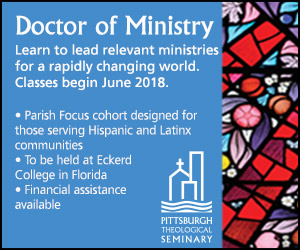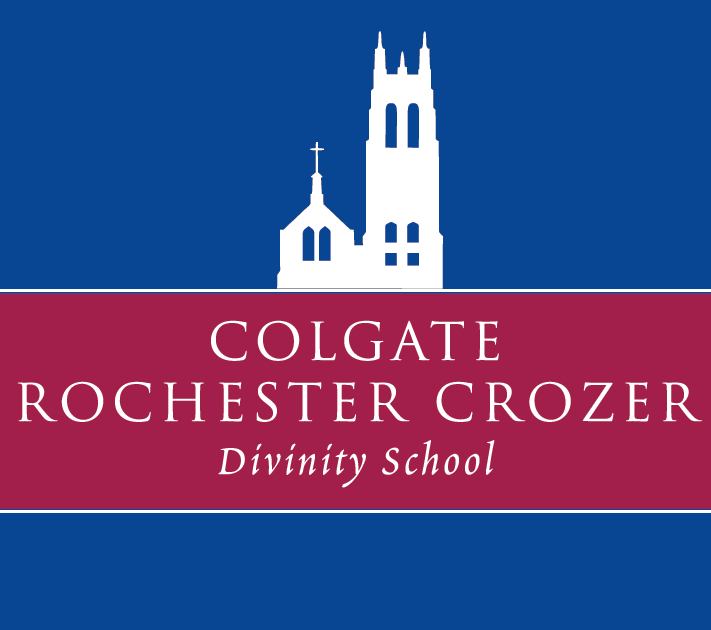OP-ED CONTRIBUTOR
Adam Jackson
CEO, Leaders of a Beautiful Struggle
Organizations like Leaders of a Beautiful Struggle, the Baltimore Algebra Project, the Just Kids partnership and many other groups have been essential in fighting theproposed youth jail for the past few years. There have also been dynamic community leaders like Pastor Heber Brown, III, Jamye Wooten, Delegate Jill P. Carter and others who have shown tremendous leadership on this issue.
Despite the claims made by some mainstream press, the Occupy Baltimore movement was not the biggest force around the resistance to the youth jail. Mass mobilizations, like Youth Justice Sunday in 2010, were the major engines of the resistance to construction of the youth jail. These mass demonstrations were organized and carried out by Black organizations.
However, Hathaway Ferebee, the Executive Director of The Safe and Sound Campaign, was at the forefront of the “Affirmative Opportunity”event held last week at the War Memorial in downtown Baltimore featuring Rev. Jesse Jackson and a host of other politicians and clergy members.
This dynamic posed a problem to my colleagues and I. This goes far beyond wanting recognition, but this is an issue of acknowledging the Black grassroots activism that has been essential to the resistance of the youth jail thus far.
I can only conclude that this is an attempt to co-opt the genuine movement around improving the quality of life for Black youth in Baltimore. For people like Hathaway Ferebee, this is an opportunity for personal financial gain and organizational recognition.
Hathaway orchestrated a meeting with Governor O’Malley last week and didn’t invite or mention the organizations who have been fighting against the youth jail.
You’re probably wondering “What’s so terrible about a non-profit leader working with youth who’s bringing attention to such an important issue?”
Hathaway Ferebee is a very well-established and well-connected figure in the non-profit sector in Baltimore. She is deeply connected to a series of institutional arrangements called the Non-Profit Industrial Complex.
According to Incite: Women of Color Against Violence, the Non-Profit Industrial Complex is “a system of relationships between government, the owning classes, foundations, and nonprofit social service and social justice organizations that results in the surveillance, control, derailment, and everyday management of political movements.” As a byproduct, it provides comfortable salaries and prestige to many people who are not most directly affected by the problems that they’re trying to address.
There are millions of dollars in grant money that flow through Baltimore each day. That money is typically in the hands of white people who shape and mold the services that non-profits provide. This is true especially when we’re talking about programs that serve Black people in this city. This arrangement is predicated on the notion of giving Black people charity.
This is best exemplified by the idea that many non-profits geared at empowering Black people will use phases like “anti poverty” instead of terms like “wealth development”. We need to be thinking about justice for Black people, which requires white people to renounce their loyalty to a social arrangement that maintains White power and control. Justice and self-determination for Black people would mean that the Black community would control its own political and economic resources – a move that has long been considered taboo in the non-profit sector because it requires sacrifices from white executives and Board members that many of them are just not willing to give up.
Last week’s rally is an example of this dynamic. To an uniformed observer, Hathaway Ferebee would seem like the leader of the advocacy against the construction of the prison. She is intentionally making an effort to misrepresent the fight against the youth jail, which creates the image that she is the prominent voice in this cause. What is ironic is that, several months ago, she advocated a compromise with Governor O’Malley to build a smaller jail. This move was in spite of other groups saying that there should be no jail built at all. Ultimately, this was an attempt by Hathaway to get the money that was left over for her own purposes.
The combination of her level of access to the Governor’s office, her omission of Black grassroots organizations and her orientation to the nonprofit sector are clear indicators of her complicity and propagation of the Non-profit Industrial Complex.
Our argument is not that all non-profits are bad and that white people have no role in the fight for justice. Our argument is that non-profits should see their goal as empowering a community to meet its own needs and control its own destiny. The Black community should not be forced to remain in a position where we are dependent on benevolent white people to provide services and resources for us. We also argue that whites must be led by Black people and defer to the direction and vision of Black people when engaging issues that most directly impact Black people.
As a relatively young Black leader in Baltimore, I refuse to be a meal ticket for white people who are not genuinely invested in the Black community. There are too many Black children’s lives at stake to play polite parlor games for grant money, prestige and status with white liberals.
[box_light]
Adam Jackson @SmartBlackMan
CEO, Leaders of a Beautiful Struggle
Leaders of a Beautiful Struggle (LBS) is a for-profit, youth led think-tank and political action committee (PAC) which works toward transformative change on behalf of Baltimore City’s most needy residents.
[/box_light]




















